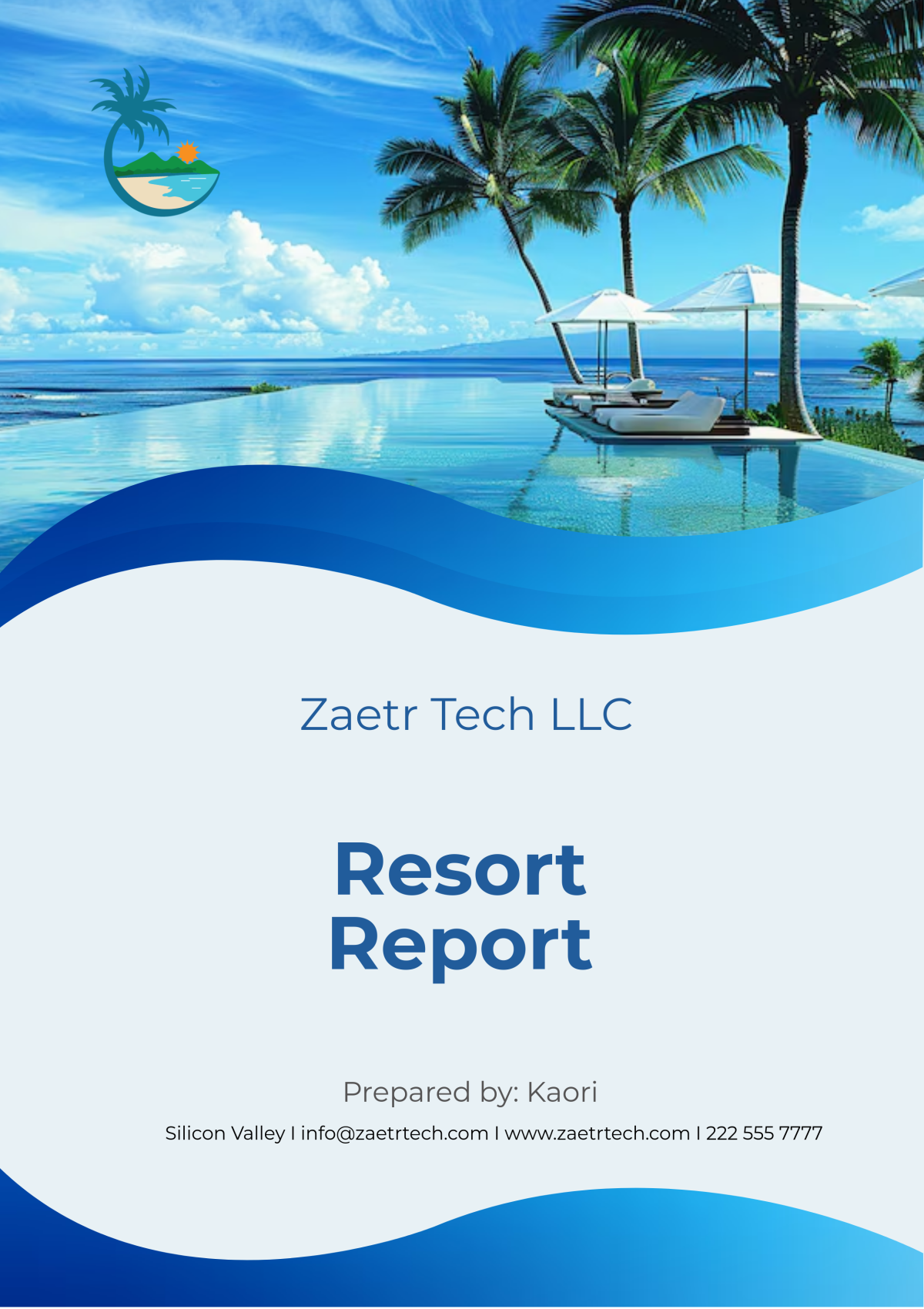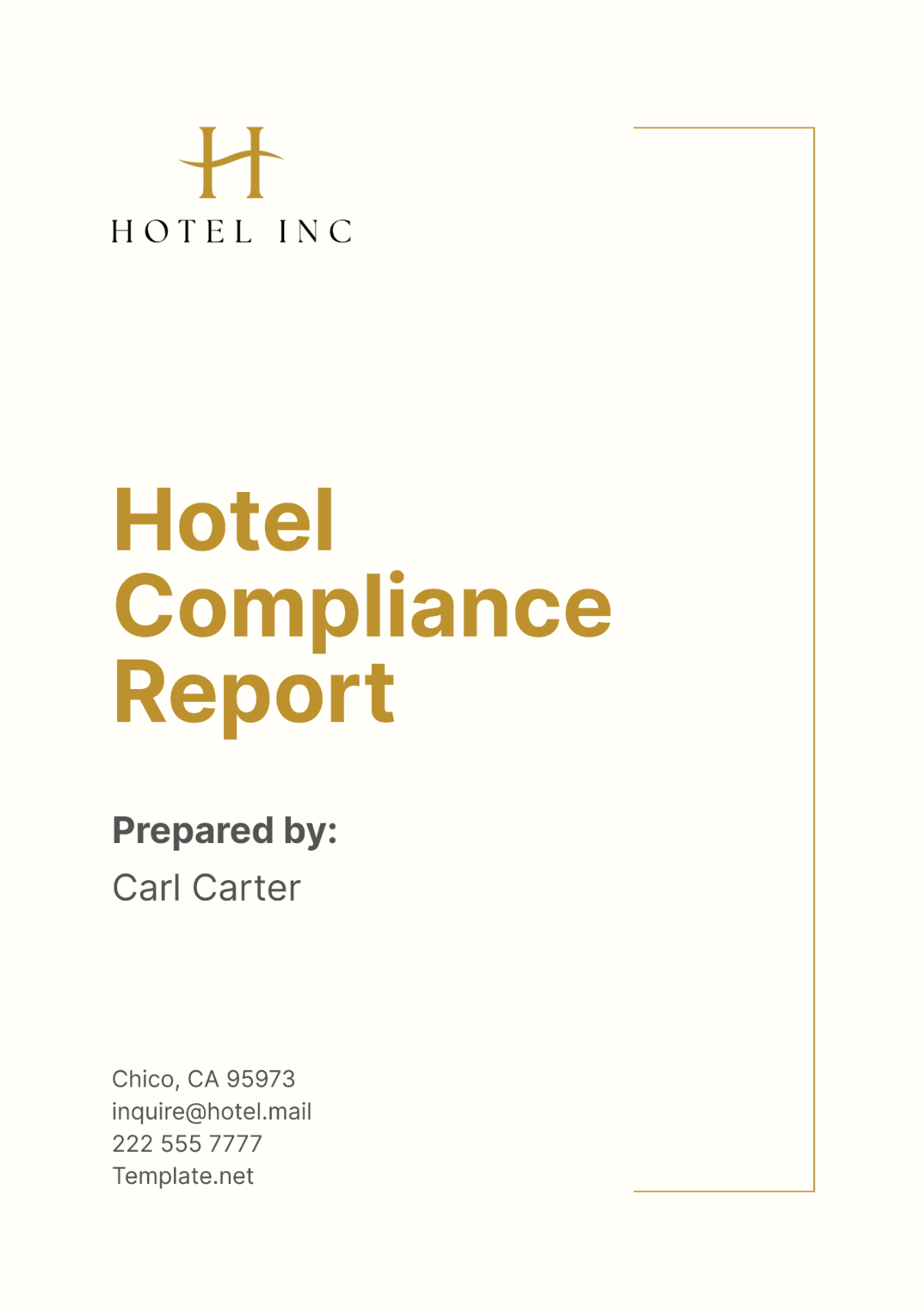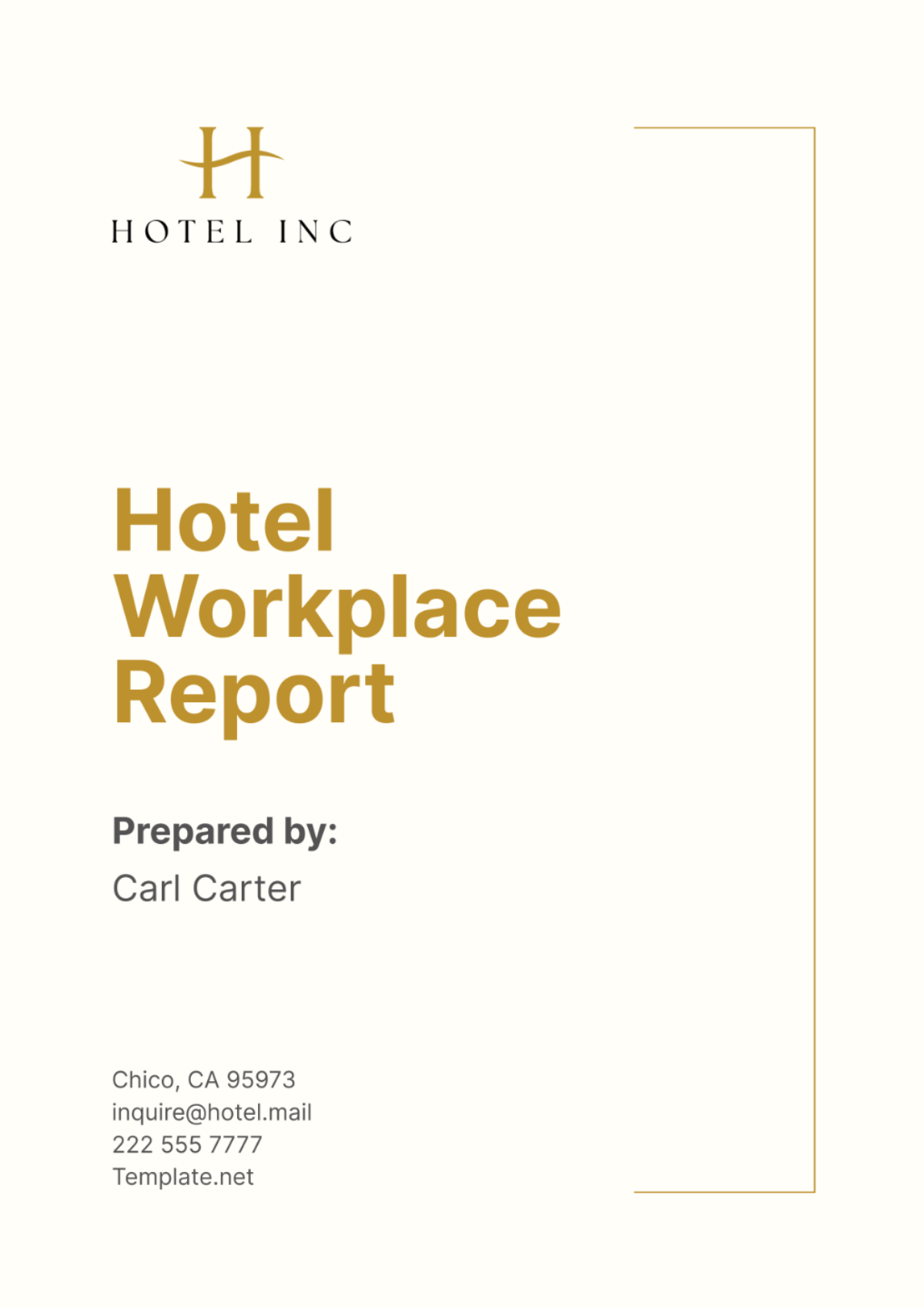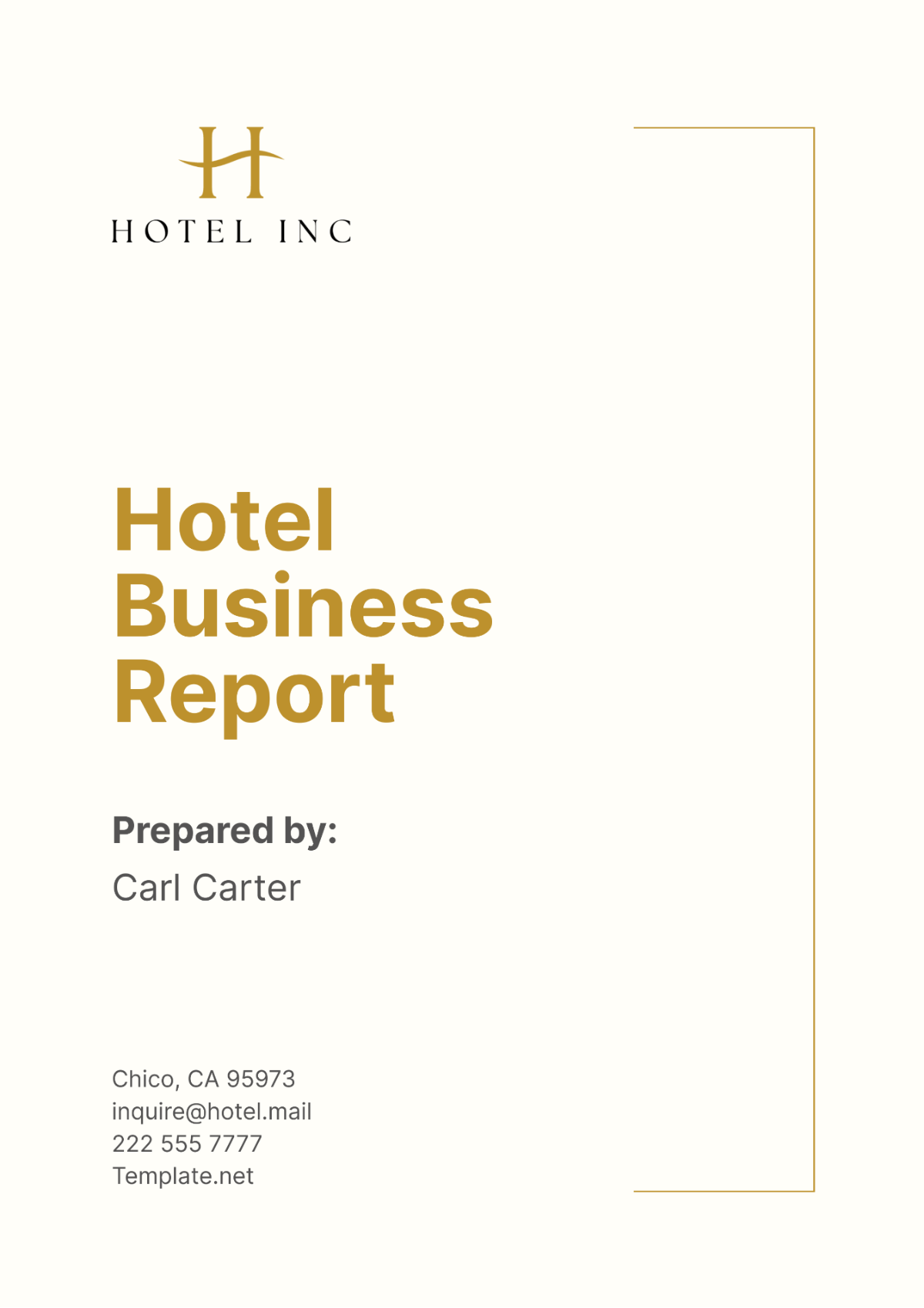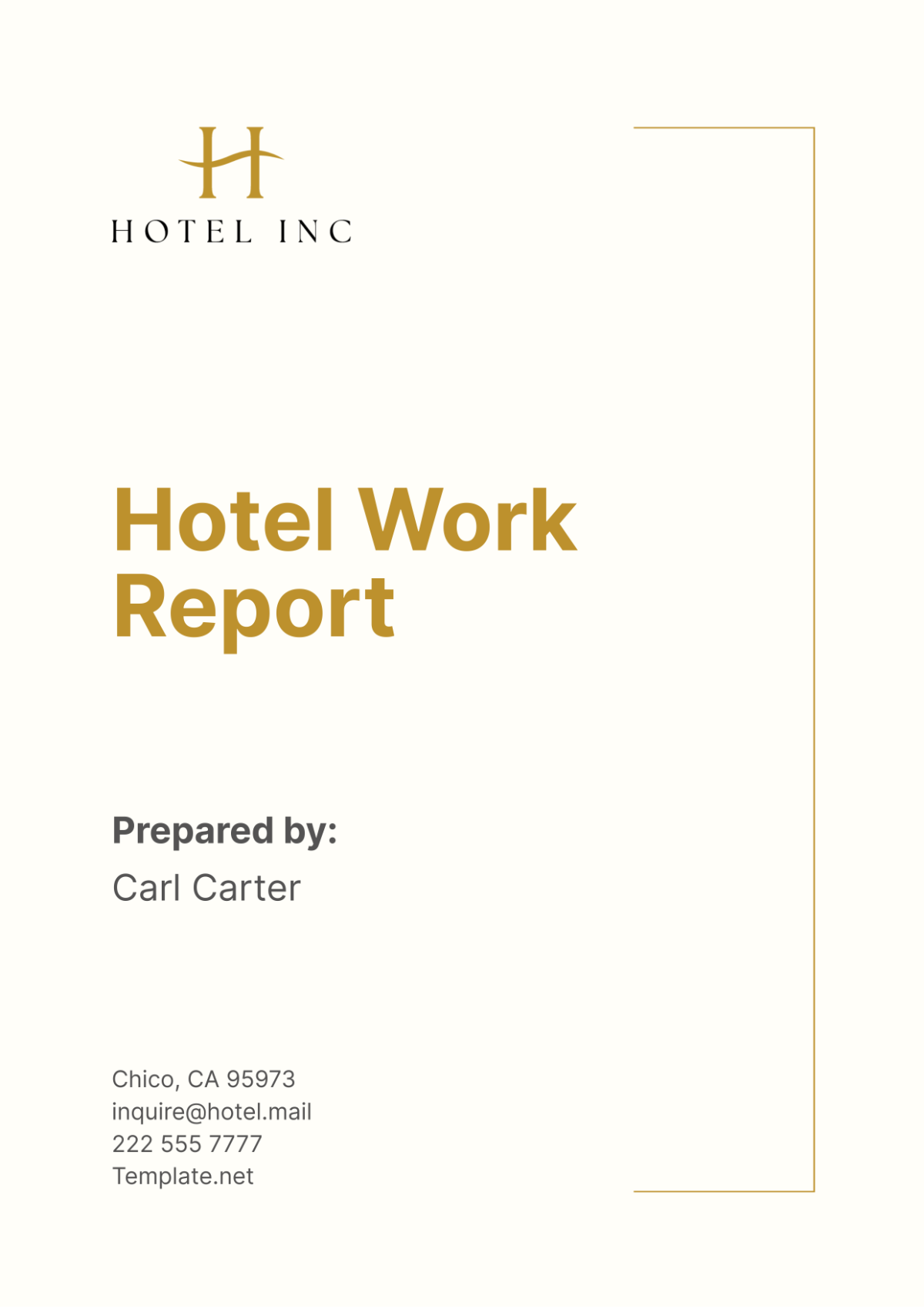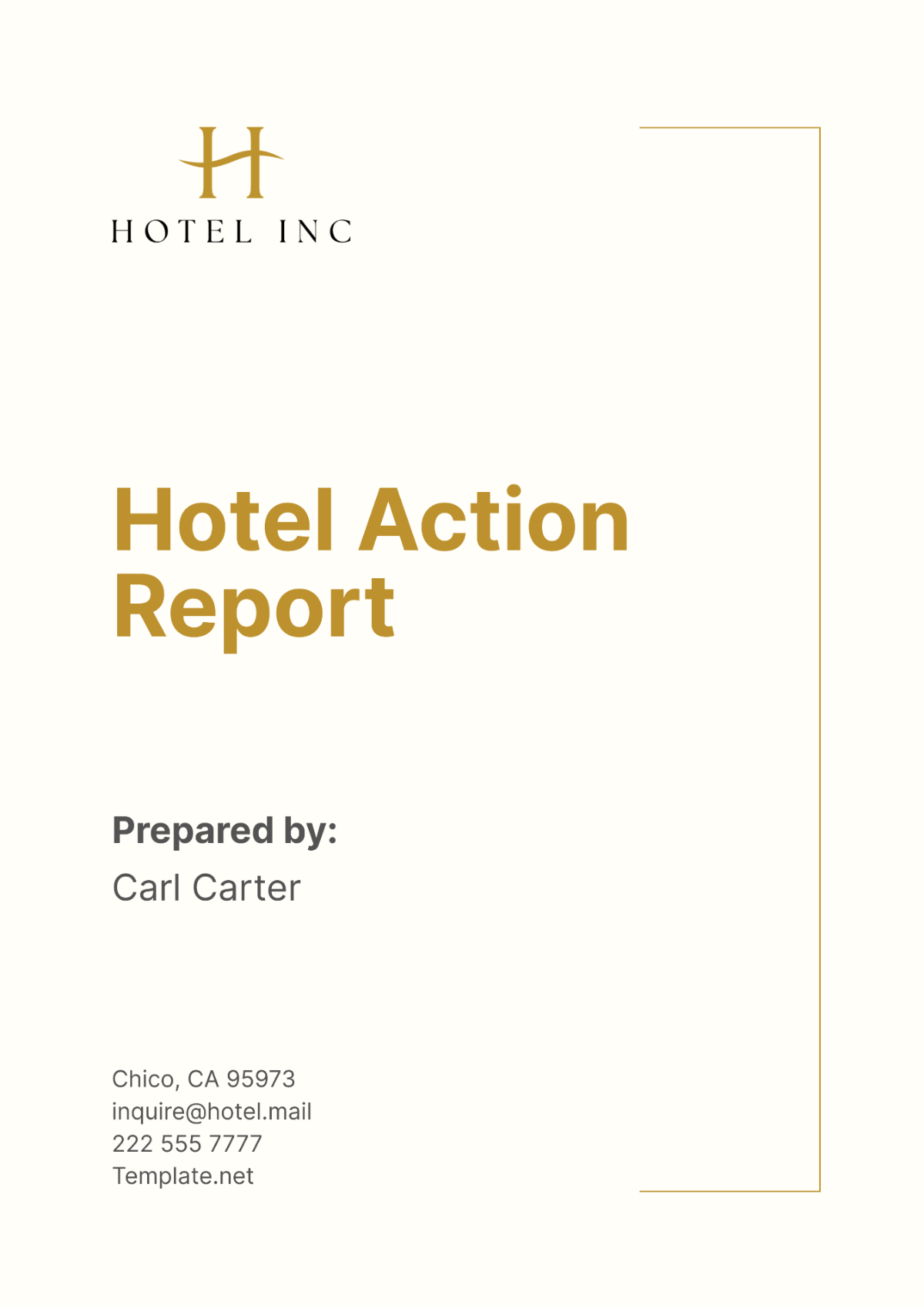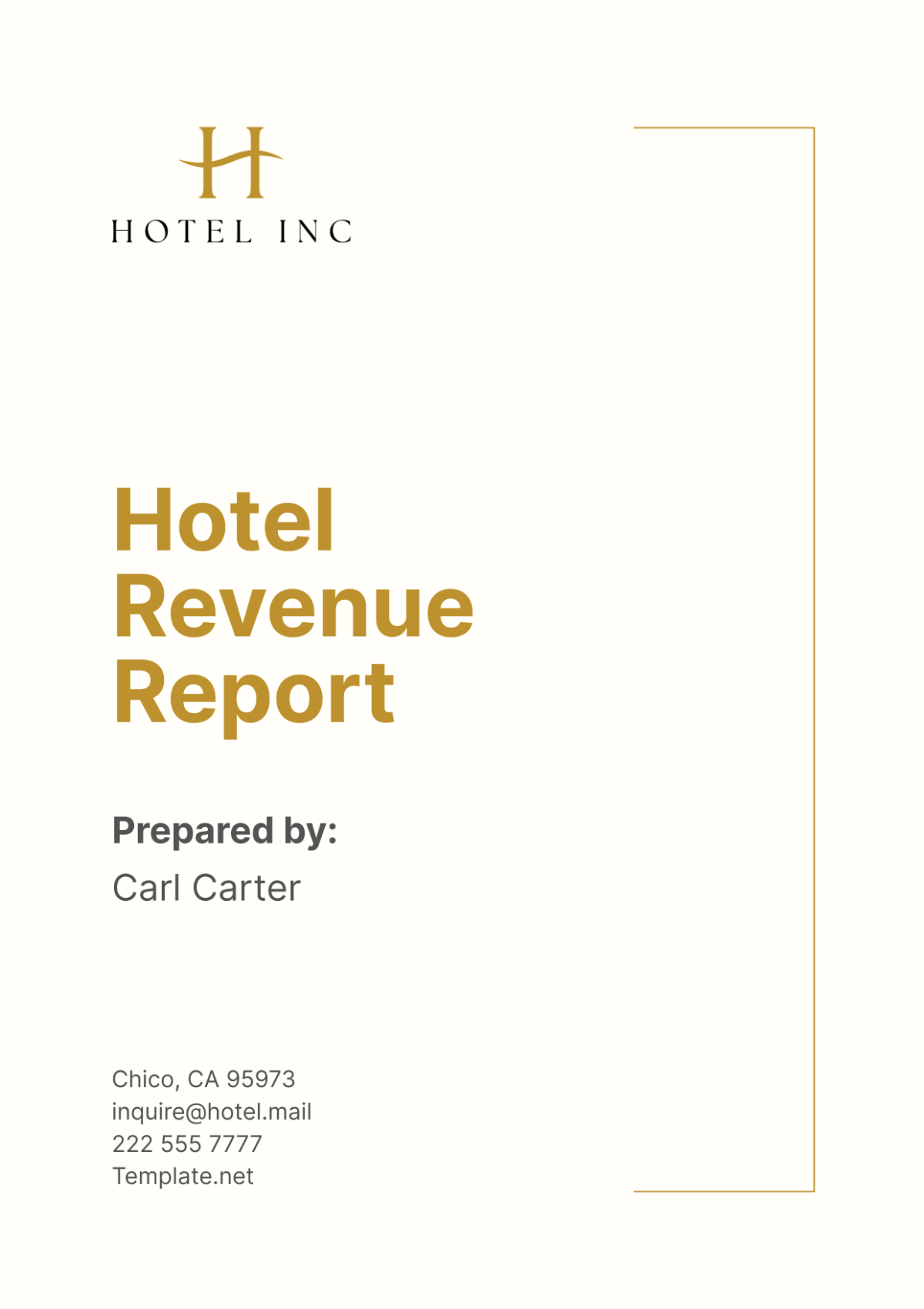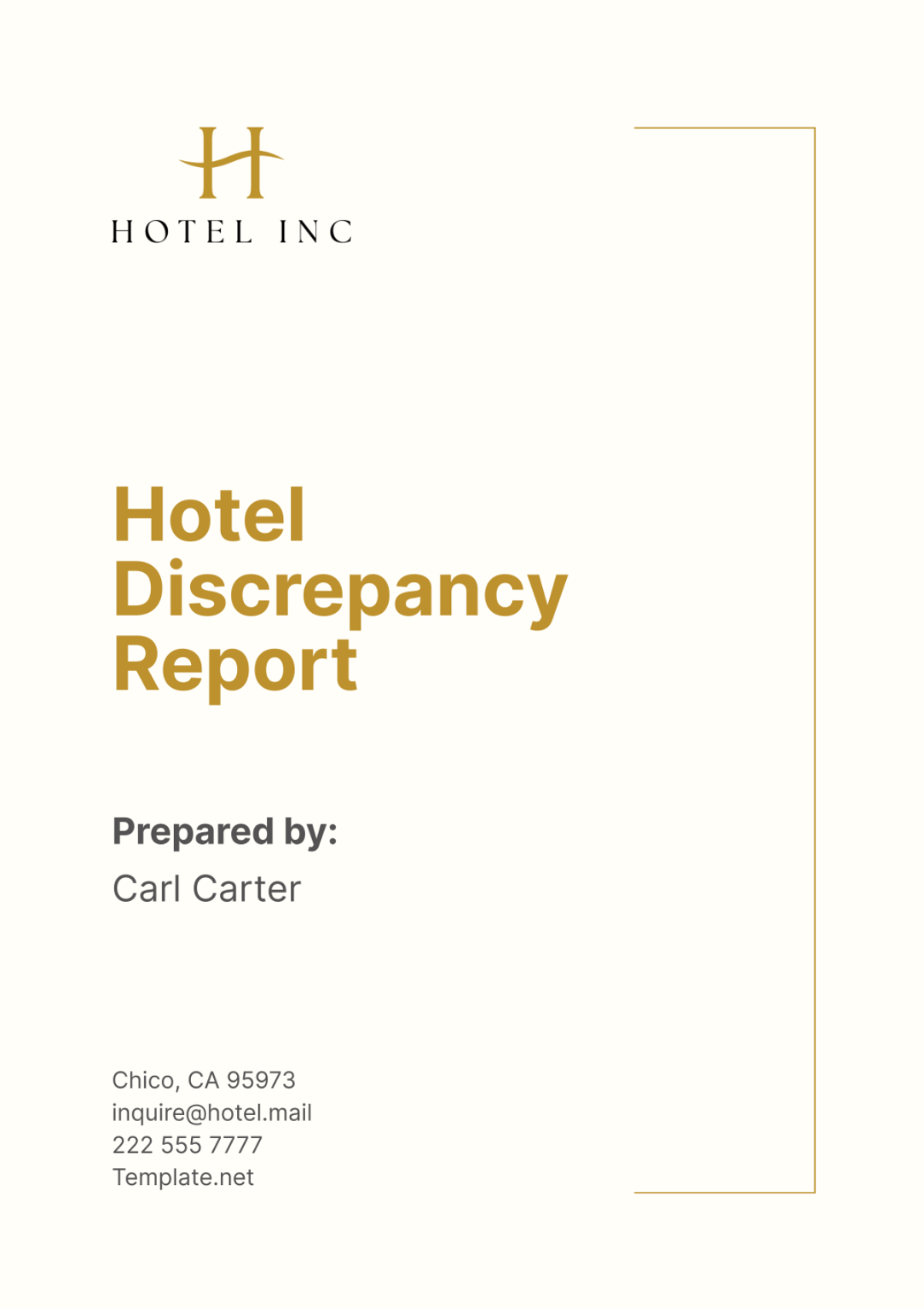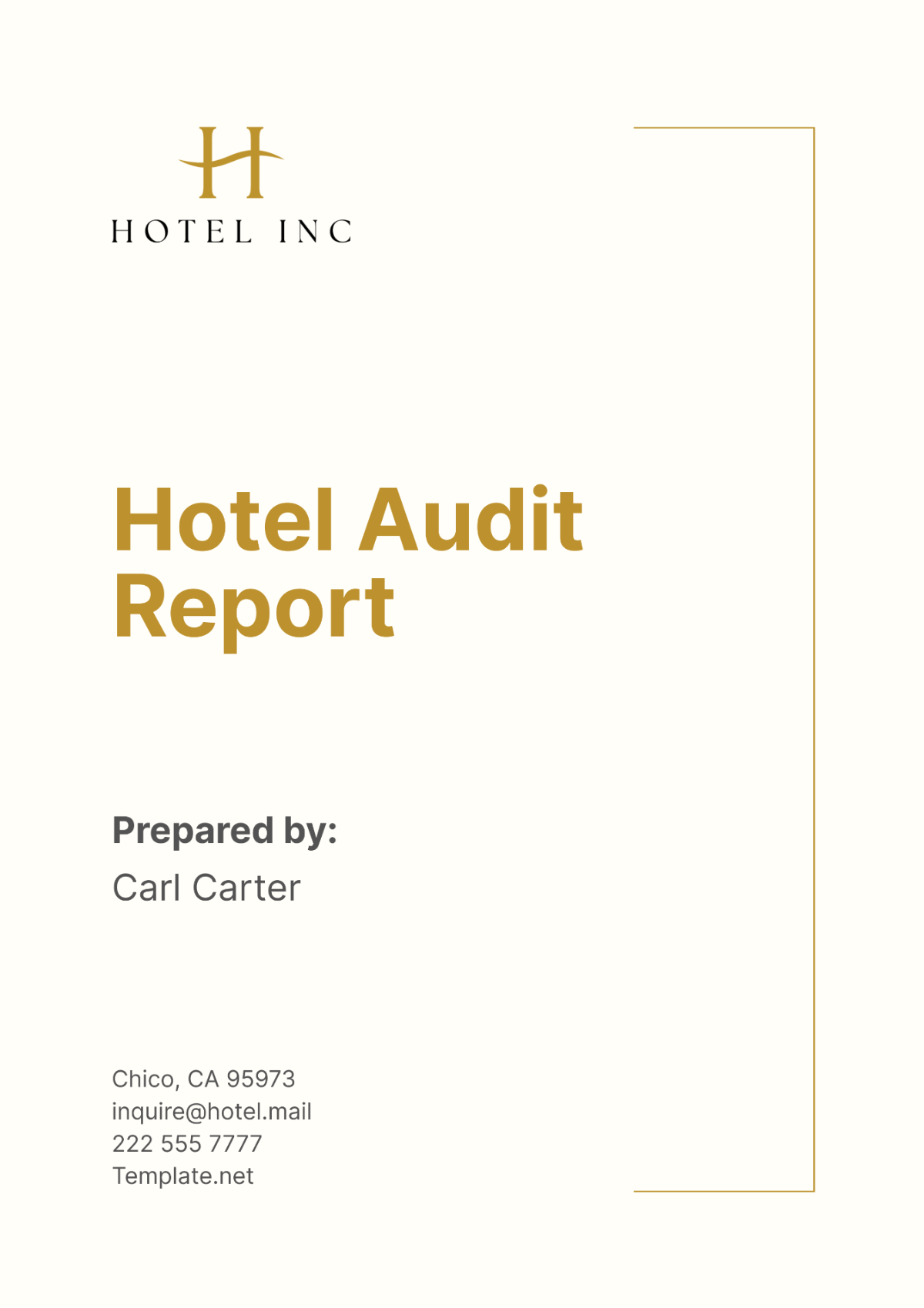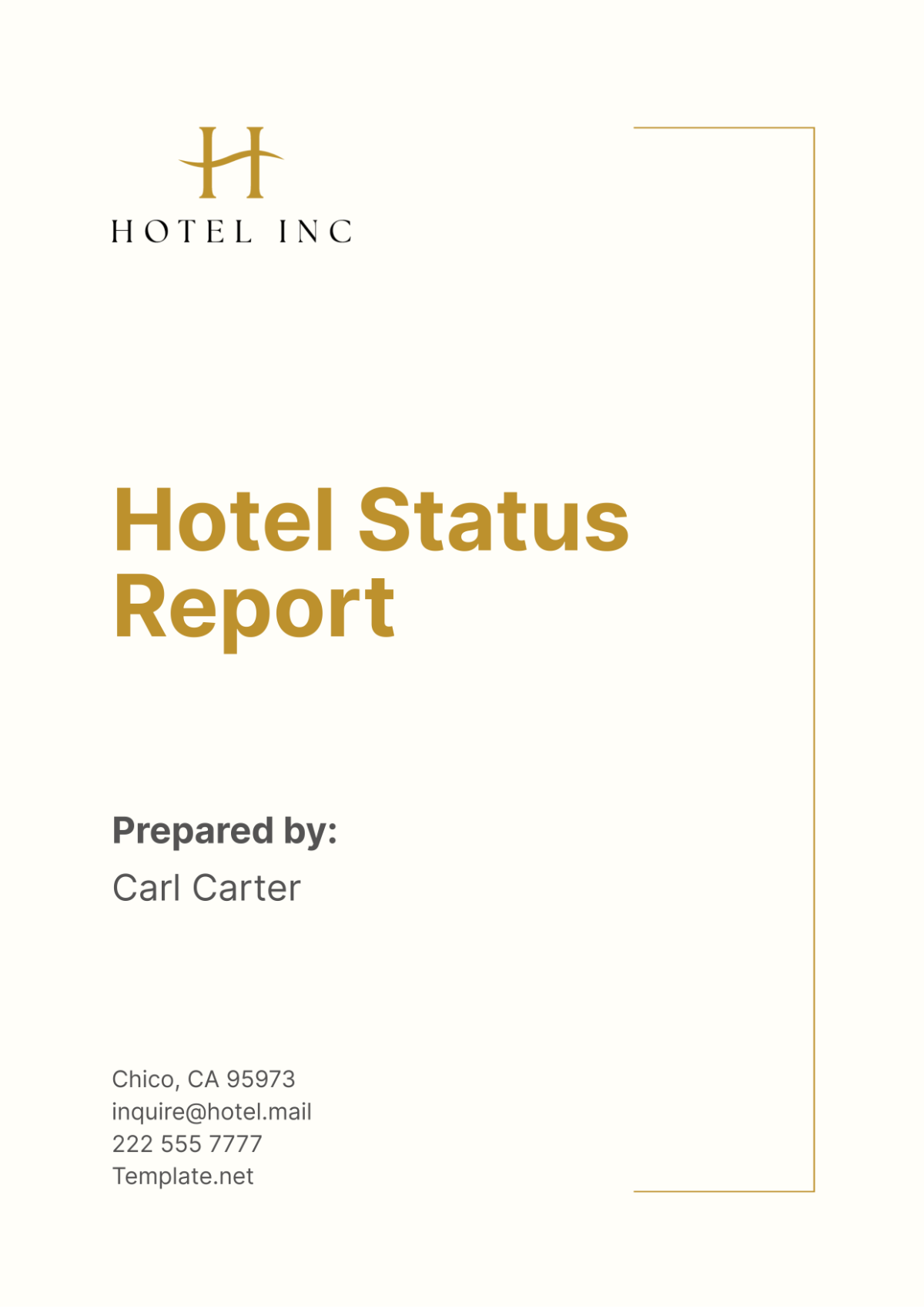Free Hotel Summary Report
Gain valuable insights into your hotel's performance with the Hotel Summary Report Template from Template.net. This customizable document allows you to summarize key metrics, trends, and accomplishments for stakeholders. Editable in our AI Editor Tool, create professional summary reports to inform decision-making and drive success.

